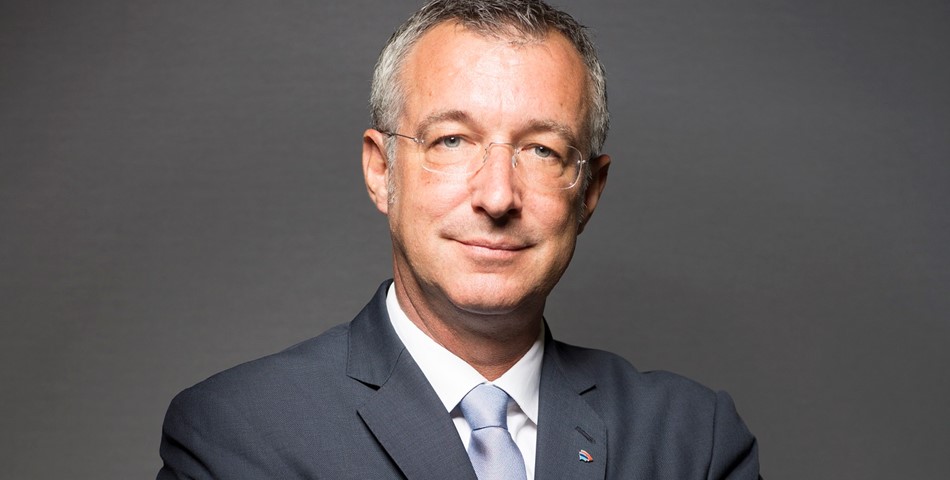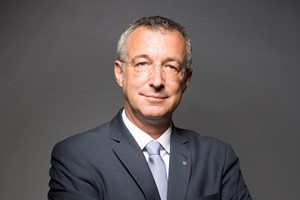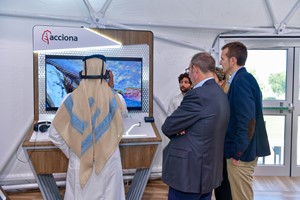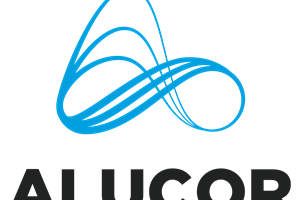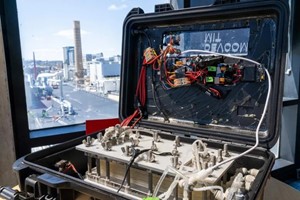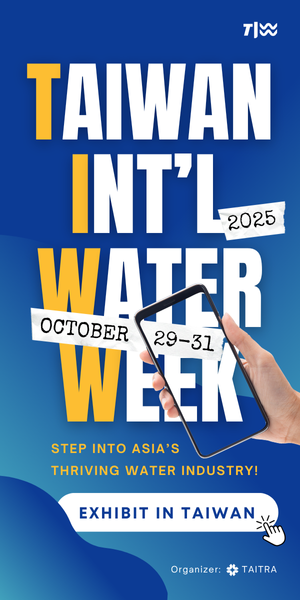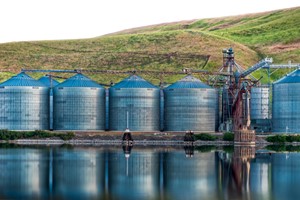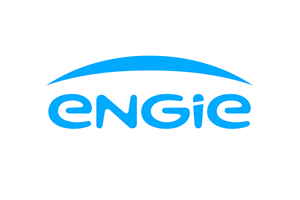Today, we need the water supply capacity of more than five times that of Earth, if every human of our planet would consume the same amount as is being used by residents and industries in the Middle East. Desalination of seawater remains to be the most accessible and sustainable upstream source for potable water production, to feed an integrated total water management system. The Middle East has been spearheading a technology transition, driving the potable water production industry into application of new and competitive technologies, such as reverse osmosis. But, we must not rest here... Sea Water Reverse Osmosis (SWRO) is the adopted state of the art technology today at an average recovery rate of 45 percent, supplying to municipalities. Desalination technologies are bound to be continuously improved to become even more competitive; innovative solutions such as RED (Reverse Electro Dialysis) and ceramic membranes are two considerable highlights in this range, reaching piloting stage already today.
Integrated Water Management
Today, less than 10 percent of water used is being treated to a level that it can be reused for industrial, agricultural and governmental application, recovering 3 percent of production into a circular economy.
For many years, Private Public Partnerships (PPP) and Built Operate Transfer (BOT) models have been adopted by governments across the region, to cope with the immense capital expenditure and operating skills required to supply reliable water services to a growing population and economy, diversifying into non-carbon industrialization.
In recent days, the arrival of renewable and nuclear energy sources has allowed to decouple water and power production. Decoupling is considered state-of-the-art for water and power production and involves the separation between power and water production. Whilst certain technologies currently used do not allow for independent gearing of production quantities, decoupling is the way forward to allow such flexibility.


Today, this seems to be true also for the status quo of aspirations for an integrated total water management system, may it be for a city, a state, a country or a co-operative region. Now, we have the responsibility to take that action, to connect the silos of water production, manage allocation for human and industrial use, collection and advanced treatment for dedicated reuse.
Together, based on successful cooperation track record in single projects, both public and private sector are ready to replicate a successful integrated model and embed it to its local needs. The first step is for industrial water consumers to be allocated advanced Treated Sewage Effluent (TSE) and single source, allowing a transition period equivalent to PPP project timeline to develop and sustainably avail the required water quantity and quantity for competitive and controlled industrial development.
The second step is aquifer storage of seasonal surplus of advanced treated TSE, i.e. lower irrigation requirements during winter season, reducing expensive SWRO water to be allocated for such strategic use. These two initiators are to come in parallel with the progressive and carefully planned decentralization of advanced treated TSE stations to the vicinity of sewage production and industrial reuse customers to minimize non-revenue transmission losses. Integration of the total water management in this way needs to come from top and is in line with the visions devised by the Executive Council of the UAE, as well as individual leadership of the Emirates. Taking a closer look, we are not far away from realization today.
Future Opportunities


This is the call to the private sector, to pro-actively participate and implement advanced emerging technologies contributing to a sustainable upstream and downstream realization of efficiencies.
Reduction of power consumption and conversion of water production process by-products into valuable products such as biogas, industrial salts and many more offer such opportunities today.
SWRO produces a lot of solid and liquid, partially toxic, waste, which is widely discharged back into the open sea. This same seawater in the Gulf region, already being challenging to treat efficiently, is suffering from increasing pollution that is promoting the development of a raw water biochemistry, further adversely affecting membrane performance and leading to increases in both, use of chemicals and replacements in parallel.
Water producers are actively looking beyond their traditional set of technologies and find suitable solutions in neighboring industries, such as food and beverage and oil and gas related water process systems. Ceramic membranes are on the forefront of this development and are earmarked to be the upcoming, real disruptive ‘game changer’ for the water production industry.
Together, we must develop multiple and sustainable services to create value for our future generations, whilst incorporating the evolving expectations of the end users and building on strong partnership with all stakeholders. Strong partnership with all stakeholders. Today, not tomorrow, it is our responsibility to act. The time is now.



